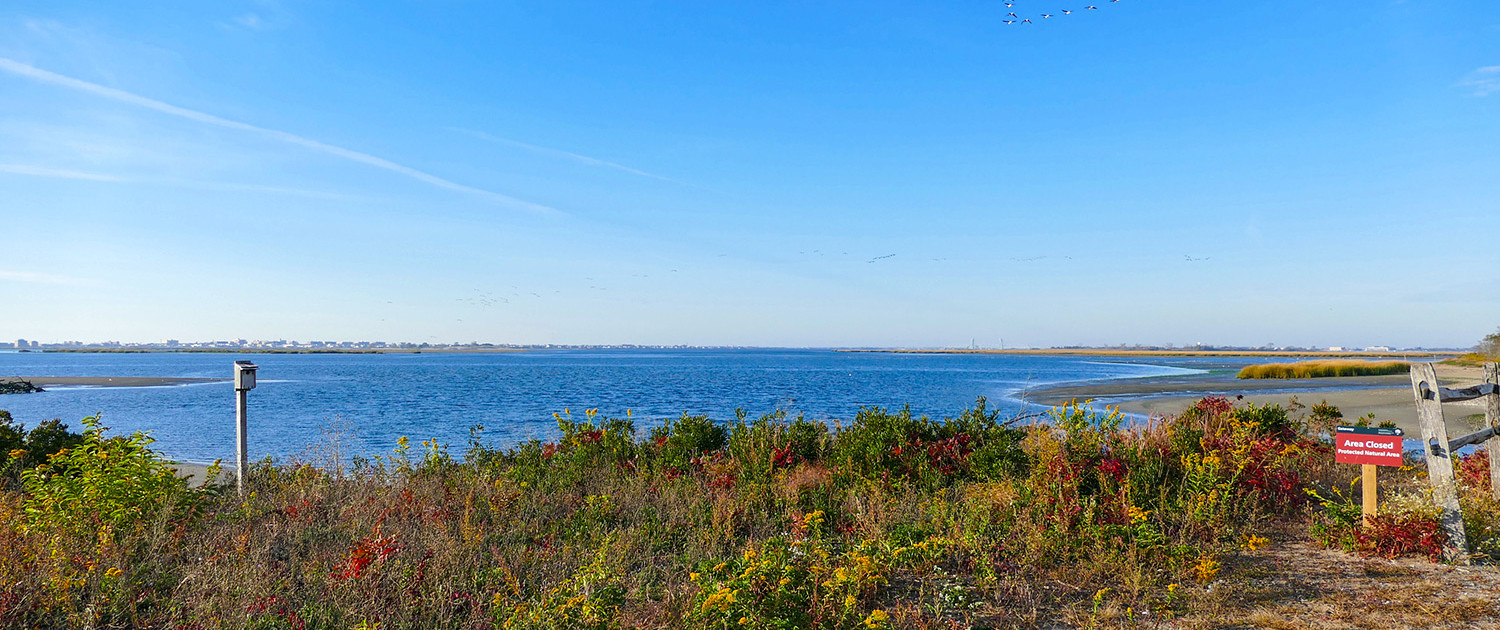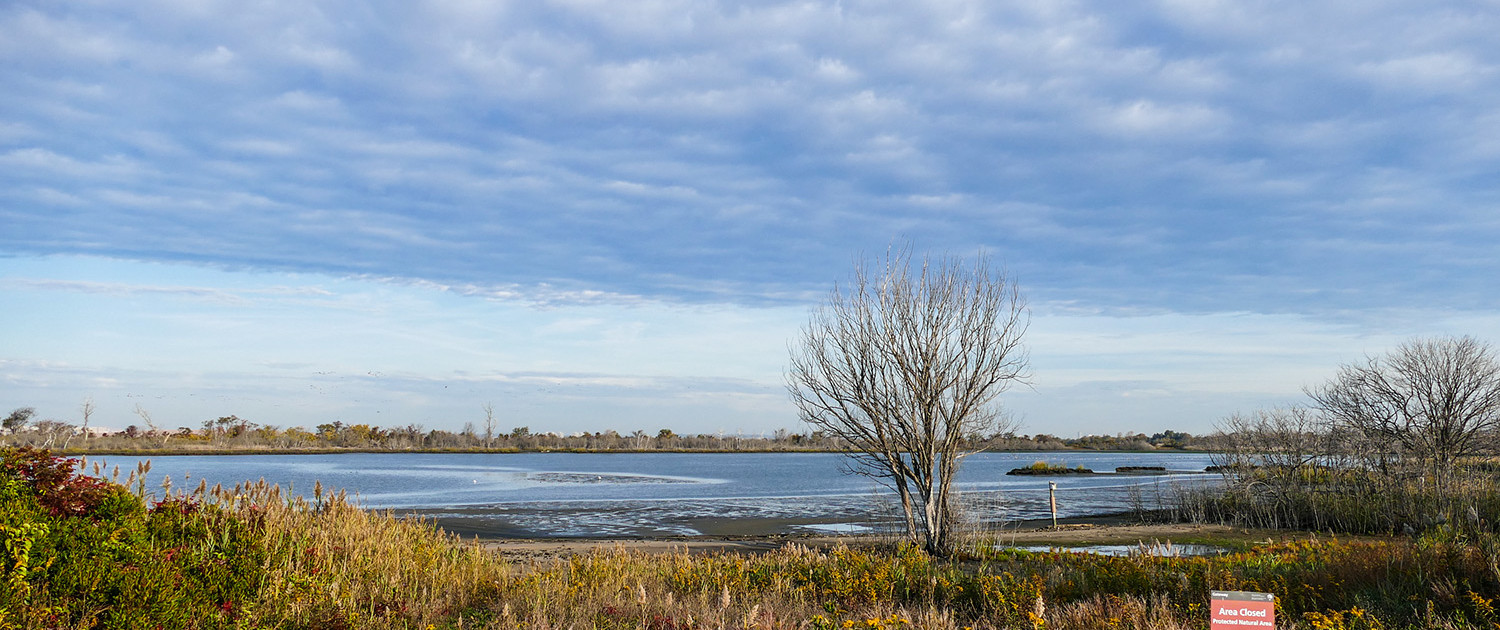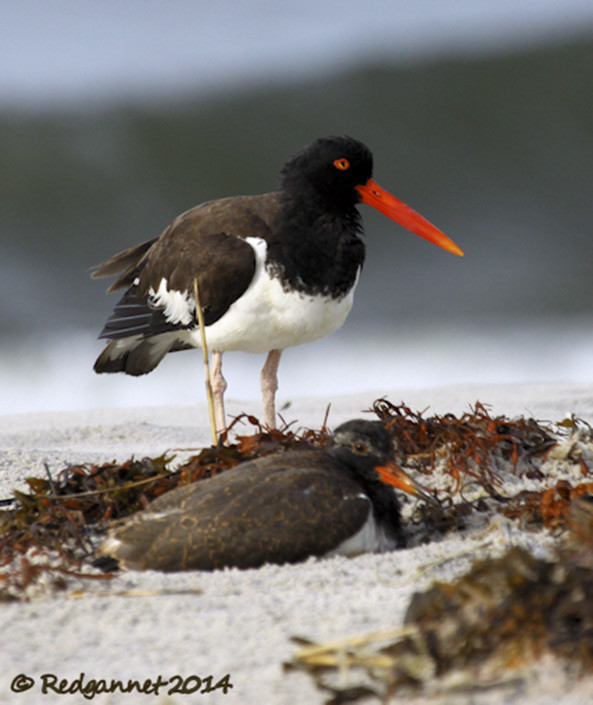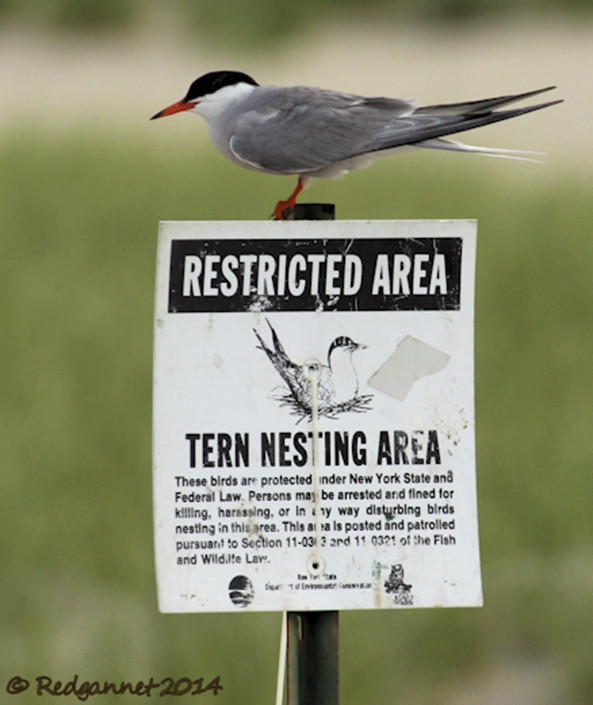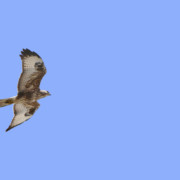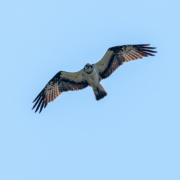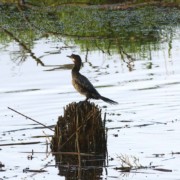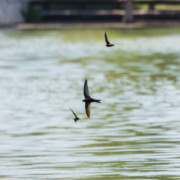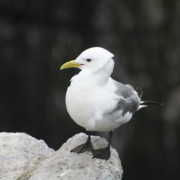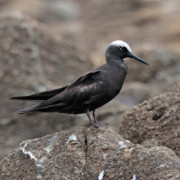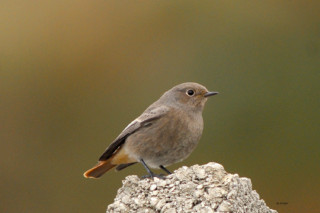If you intend to visit New York, then a few hours waving your binoculars around in Central park is a great way to spend your time. The accessibility, variety of habitat and the prolific birdlife of the park make it a must for New York visitors and residents alike. If your body is set to GMT then jet lag will work in your favour with a 5-hour head start on the day.
There are other small city parks dotted around Manhattan but none will compare to Central Park. Don’t discount the small sites however as they can give the birder a few minutes to indulge themselves during a hectic day, or a brief reprieve from the retail madness.
Further out are the saltmarshes of Jamaica Bay and beyond there, the barrier beaches that stretch up the seaboard of Long Island. We will explore the sites accessible by public transport or by foot from Manhattan. The barrier beaches are beyond us in this respect. Birders will need a rental car and a warm coat to visit the seaside.
CENTRAL PARK
Back in the 80’s, the park suffered from a bad reputation as a reliable place to witness violent crime at close quarters. But the New Yorkers took back the park for the people during the 90’s and in over 20 years of birding there I have never had a bad experience, nor heard of another birder falling prey to violent crime. The message, as in any city, is to be discrete and don’t make a target of yourselves.
If you see another person with binoculars, you have usually found a new friend. Many visitors are keen to strike up conversation about what is being seen and locals are usually very happy to point you in the right direction. There are a few guides who lead groups around the park for small fees, but the groups often get quite large.
A first timer to North America will thrill to the sights of Red-bellied Woodpecker, Blue Jay and Northern Cardinal; all common residents in the park. More experienced birders will find plenty to keep them entertained too with over 250 species recorded there. Central Park has built a reputation as a great migrant trap and has become one of America’s favourite passage-watching sites. If it is possible to time a visit to coincide with migration, the visitor may witness a spectacular passage of warblers, grosbeaks, orioles and flycatchers.
A steady build up during the second half of April peaks during the second week of May and is mostly past by the beginning of June for the northbound migration. A visit during May might also coincide with the fledging of the Red-tailed Hawks. Hawks that nest on a building overlooking the park (Park Ave and 75th St.) have produced young for more than 20 years now.
The return south is more protracted and can start in August and continue through into November. The confusing plumages of the juvenile and non-breeding birds will challenge even the experienced eye during the autumn/fall passage.
The park covers nearly 850 acres and stretches for 2.5 miles between 59th St and 110th St.
From 5th Ave in the east to Central Park West, it is about half a mile across. Hot spots include; Hallet Sanctuary (fenced off, but easy to view across The Pond), Strawberry Fields (woods and low cover), The Ramble (a maze of trails through the woodland), Turtle Pond (with a lookout from Belvedere Castle for hawk-watching during fall migration), The Reservoir (wide open water with gull roost) and North Woods (woodland with lots of low cover).
If time is limited, target The Ramble (cut and paste these coordinates into Google Earth; 40 46 36N 73 58 10W) and try to find the feeder station. You are likely to find three species of woodpecker, 5 species of sparrow, Tufted Titmouse, White-breasted Nuthatch, American Goldfinch and House Finch. A walk around The Reservoir might bring more species, but the list will contain a number of cosmopolitan birds such as Northern Shoveler, Mallard, Herring Gull and Great Black-backed Gull. North American species might include; Ring-billed Gull, Bufflehead and Common Loon.
If time is no object, start from the south end to keep the sun behind you and begin at Hallet Sanctuary and The Pond at 59th St. Head north towards Strawberry fields and then into the Ramble. Linger here as it will probably be the most productive part of your day. The path south of Turtle pond is good for warblers and flycatchers during spring and summer.
The Reservoir is a big, fenced expanse of water with a 1.6 mile circular trail running round it. It is seldom necessary to walk all the way round as most of the surface is visible from anywhere on the trail and there is very little bank-side vegetation.
The Red-tailed Hawk’s nest can be viewed from the west side of the boating lake, close to the statue of Hans Christian Anderson. During late April and May, there is often a hawk-watcher who will tell you the history of the birds, update you on most recent progress and allow you to look through the scope that he has trained on the nest.
There are plenty of concession stands that sell drinks and snacks with a couple of restaurants close to The Ramble that sell more substantial meals. Toilets are also available throughout the park. All the paths are well paved and in good repair, but be aware that some traffic may be seen on the crossways and there will be a lot of cyclists and joggers on the main routes.
A snapshot of a winter visit to the feeders in The Ramble can be seen here:
This post was from the first day of May in a year when the migration was late and most of the birds passed inland due to strong winds coming in from the ocean.
BRYANT PARK
Birders at Bryant Park get regular surprises with the likes of American Woodcock and Dickcissel livening up a list that would otherwise contain a high proportion of common birds.
It is only small, half a city block, but it is a popular park with birders on their lunch hour and can boast a life list of 113 species. During May, any passing migrant may pop in for a visit.
Bryant Park can be found in Midtown at the junction of 6th Ave and 42nd St. Immediately east of 42nd St – Bryant Park Station, served by the B, D, F and M trains.
Also check out small city parks such as Madison Square Park on 5th Ave and 26TH St. Immediately northeast of 23rd St Station served by the N and R Trains.
Union Square Park can be found at E16th St and Union Square West. Served by the N, Q AND R trains from 14th St and Union Square Station.
OFF MANHATTAN
Jamaica Bay is a wetland area close to JFK International Airport. Jamaica Bay Wildlife Refuge is a sanctuary on an island in the bay. Trains run regularly from the city to Broad Channel Station from where it is a short walk to the sanctuary.
Freshwater lakes and salt marshes attract wildfowl and waders whilst the passerines prefer the wooded and scrubby areas. Predators are common with Ospreys nesting and hawks frequent during migration. A visitor centre can be seen at Google earth ref; 40 37 1.18N 73 49 28.08W and visitors are asked to sign in before entering the refuge. The sanctuary is an island surrounded by salt marsh and the sheltered, Jamaica Bay. It is split into east and west sides by the road running through it. The visitor centre is on the west.
There are lakes named for their respective sections. West Lake used to be freshwater with a trail circling it but in 2012, Superstorm Sandy breached the banks and now a tide rips in and out through a large gap. Brant and Snow Geese are abundant during the winter on the bay side of the trail. Herons and egrets like it here too. Mergansers, ducks and waders can be seen on the lake during their respective seasons. A wooded walk close to the visitor centre will produce plenty of passerines and it is possible to follow the path around the lake until it meets Sandy’s gap from the other side.
Across the road is East Pond. This is still fresh water and attracts wildfowl and waders. The approach is wooded and scrubby, often producing plenty of passerines. There is a screen on Big John’s Pond which can be very productive during spring and summer.
Broad Channel train station can be seen at Google Earth ref; 40 36 28.47N 73 48 57.01W. It is served from Manhattan by the A Train. The reserve is a 15 minute walk from the station. Buses and taxis are not likely to be found waiting at this out-of-town station. Train takes around an hour from the city. Bus numbers Q52 and Q53 run from Queens along the road that passes through the site. There is a stop immediately outside the visitor centre.


